15% off with DESIGN15
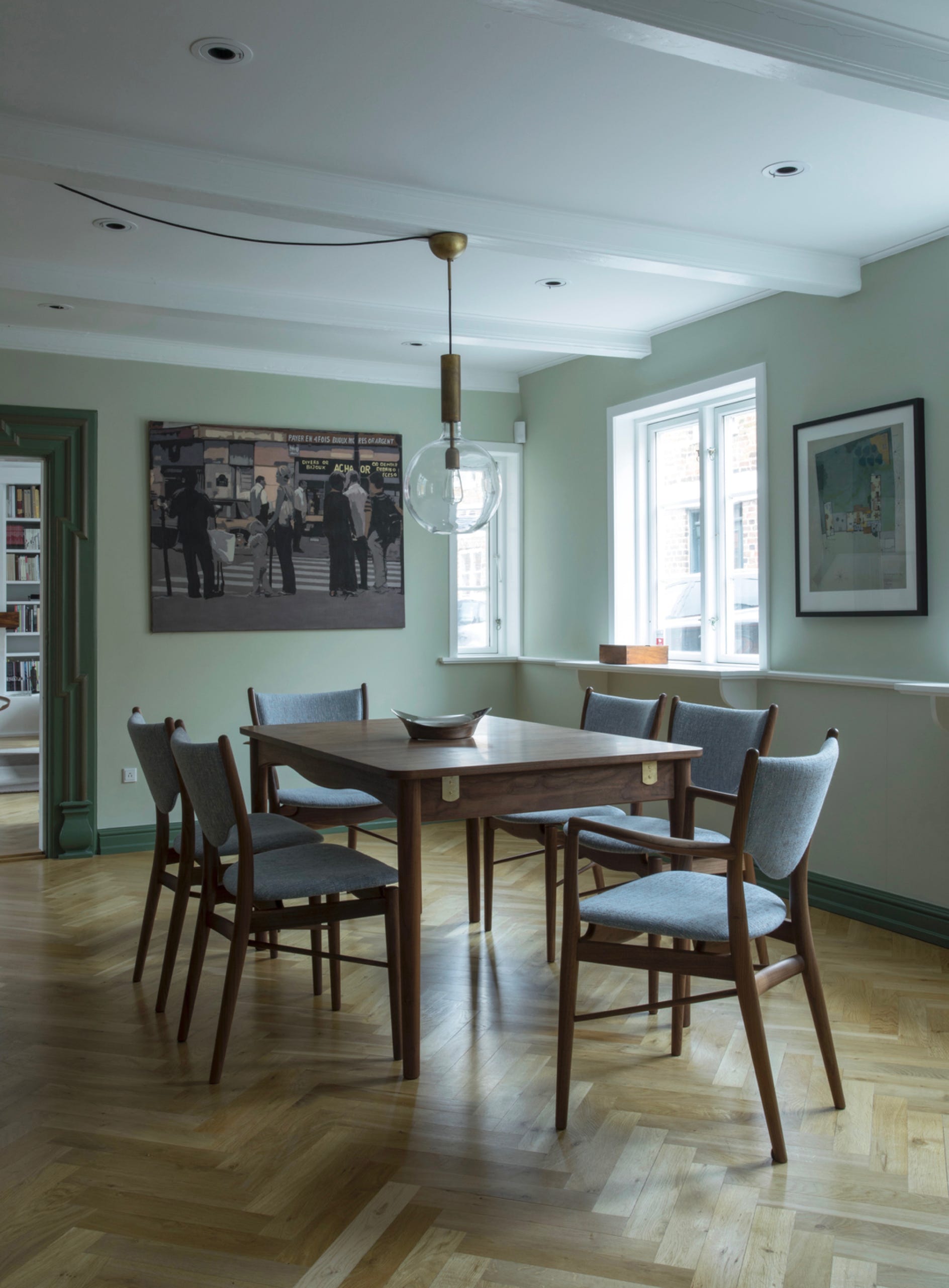
The table, which the House of Finn Juhl received special permission to call the Bovirke table, was first presented at the "New Home" exhibition in Copenhagen in 1948. The table was part of the Bovirke stand, which was entirely designed by Finn Juhl. The owner of Bovirke, Poul H. Lund, was the first to see the advantages of Finn Juhl's furniture making on a more industrial level.
The Bovirke table has a simple, elegant and very versatile design, where aesthetics is nourished by functionality. For example, the wave-shaped crossbar allows the legs to move freely under the tabletop. Its shape is in line with Finn Juhl's organic designs and fits perfectly with, for example, chair 46 and the reading chair. The extension leaves can be stored inside the table, with the table top opening smoothly to release them thanks to an ingenious pine mechanism.
One of the many features of Finn Juhl's design was the combination of two types of wood, which makes it possible to distinguish the elements from each other and achieve a visual lightness. The Bovirke table can thus be ordered either entirely in oak or walnut, or in combination with the oak frame and walnut top and legs.
The table is made of solid wood and the extensions are available in solid wood or veneer. Without the extensions, the table can seat 4 to 6 people; with the extensions, up to 10 people. The table is also available in a non-extendable version. The table is manufactured in the workshop of the House of Finn Juhl in Ringkøbing, Denmark.
Bovirke Table
140 x 90 x H78 cm
from
Bovirke Extendable Table
140 x 90 x H78 cm
from
Extension Leave
49 x 90 cm
from
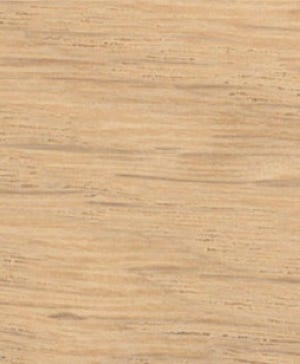
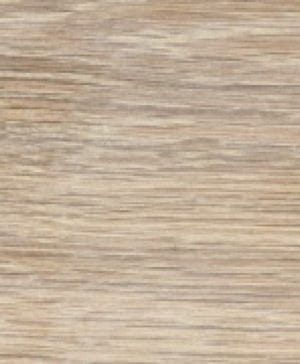
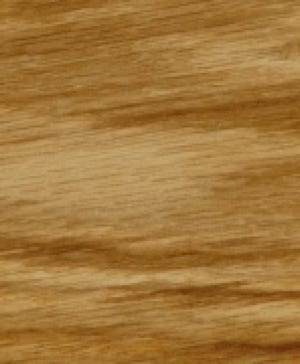
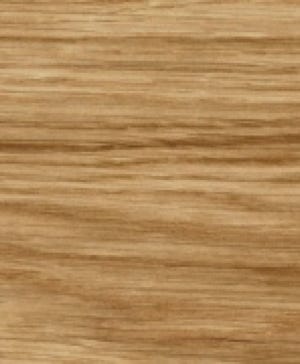
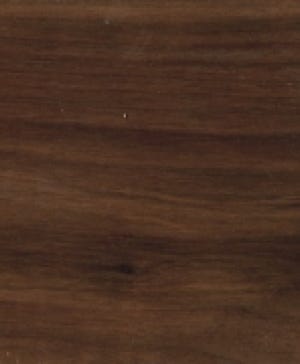
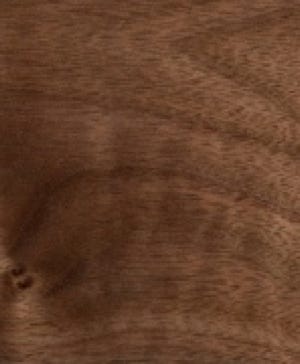
Finn Juhl
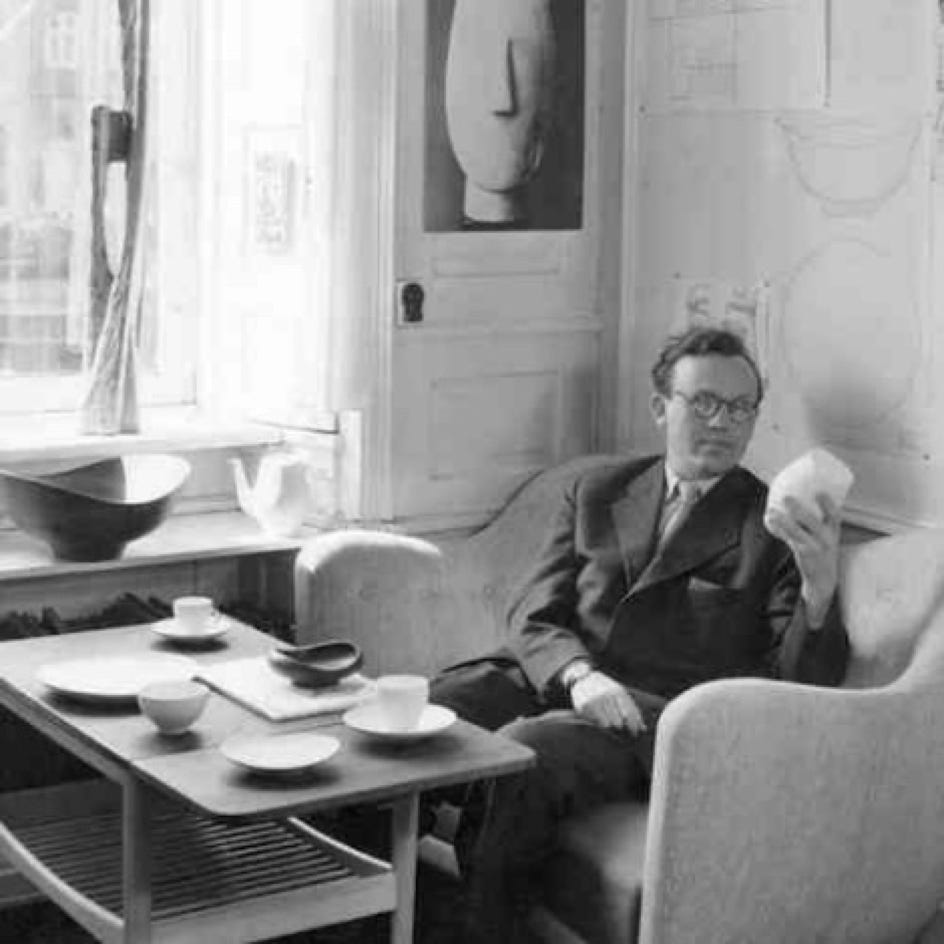
As a teenager, Finn Juhl (1912-1989) wanted to become an art historian after having been fascinated by fine arts since childhood. His father prevented him from doing so and he studied architecture. Later, once his reputation as a furniture designer had been acquired, he would speak of himself as a self-taught man, certainly in reference to this thwarted vocation which forced him to make his intellectual journey alone. His very singular style owes much to this non-linear trajectory, with a very unacademic interpretation of art visible in his work. Finn Juhl began his studies in 1930, a key period that saw the birth of modern design and furniture.
His ultra-modern offices in the center of Copenhagen greeted visitors with a huge Japanese paper fish, a symbol of imagination. And rather than approaching furniture design from a functional, classical perspective, Finn Juhl approached his work as a sculptor. He sought beauty in volume and form, life and expressiveness. An approach that in the 1940's and 1950's was totally unprecedented. For Finn Juhl, it was clear that a piece of furniture could not be limited to a function, but also had to express an artistic sensibility.
While he remains world-famous for his furniture, Finn Juhl also designed several interior architecture projects and a few industrial products, including IBM typewriters. His greatest commercial success was with the Baker Company in the United States, which allowed him to mass-produce several pieces of furniture.
As an architect, he is known for the interior design of the United Nations Council in New York.